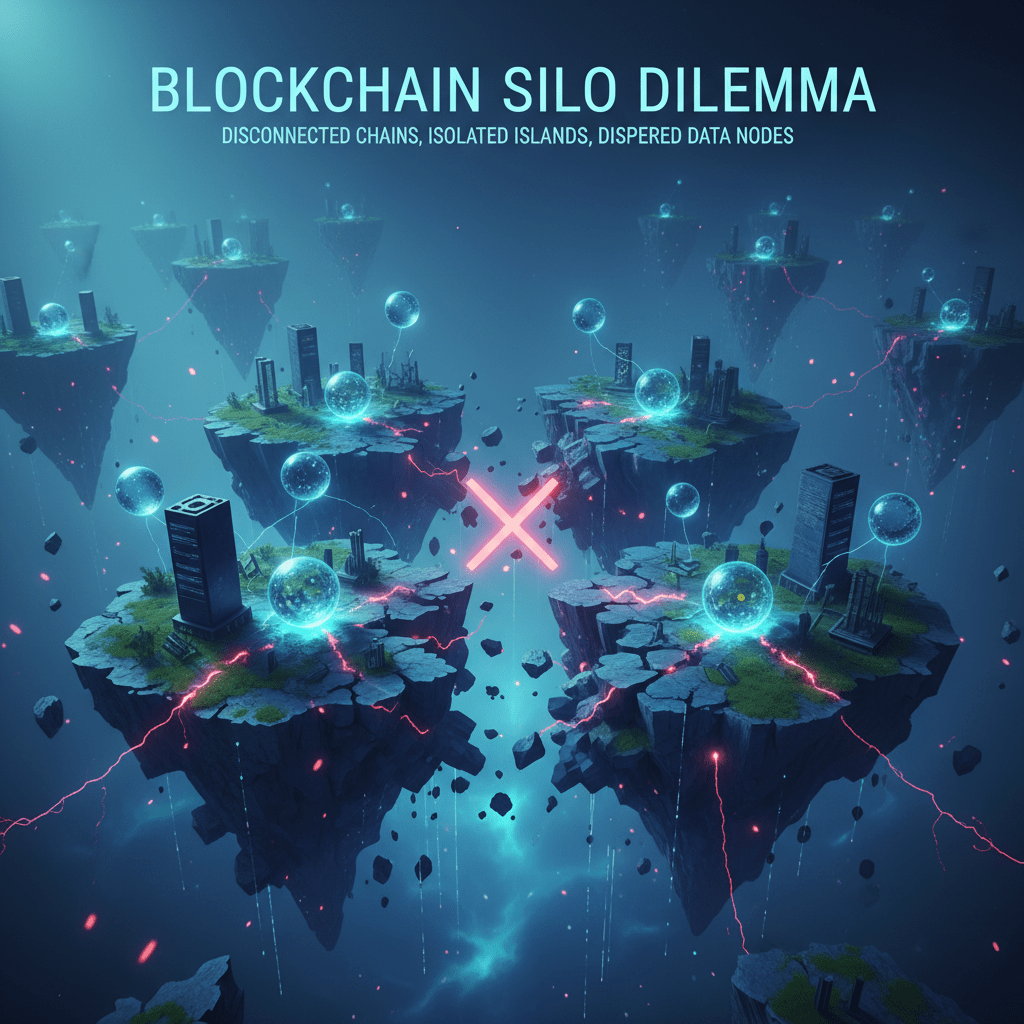In the fast-paced jungle of cryptocurrency, we have witnessed the rise and fall of many projects. From the initial frenzy over Bitcoin to the infinite possibilities brought by smart contracts on Ethereum, and later the emergence of various public chains, each technological iteration has been exhilarating, yet many have lost their way amid complex technical jargon and increasingly fragmented ecological islands.

As an old player who has been in this circle for many years, I have seen too many grand declarations of 'the next Ethereum' and have experienced too many situations where high network congestion and expensive fees hindered progress. We crave innovation and hope for truly problem-solving solutions to emerge, rather than just spinning in the existing dilemmas.
Initially, the emergence of Layer2 scaling solutions was like a ray of hope, significantly enhancing Ethereum's performance. But soon, new issues emerged: different Layer2 solutions, like independent kingdoms, made the flow of assets and information between them extremely difficult. Users and developers were forced to constantly switch between these 'islands', resulting in a significantly diminished experience and severely fragmented liquidity. This is clearly not the future we want.
Until recently, a project called Caldera opened my eyes to a whole new possibility, a more grand and thorough solution. Caldera initially entered people's sight with the concept of 'Rollup-as-a-Service', allowing developers to easily deploy dedicated high-performance blockchains without being mired in complex infrastructure setups. This alone is a huge advancement, significantly lowering the threshold for creating blockchains and enabling truly creative developers to focus on the logic of their applications.
But Caldera's ambitions go far beyond this. What truly impressed me is its core concept of 'Metalayer'. Metalayer aims to be the 'connective tissue' that links all Rollups, allowing for seamless interoperability and resource sharing regardless of whether they are based on Optimism, Arbitrum, or ZK technology stacks. It's like building a comprehensive transportation network for all independent islands, enabling assets and data to flow freely and efficiently.
Imagine a gaming application built on a dedicated chain optimized for speed and low latency, while seamlessly calling financial services from another DeFi chain, with users hardly feeling any switching obstacles in the process. This is the future that Metalayer aims to achieve—a unified yet diverse blockchain ecosystem.
This 'simplification' approach addresses the pain points of the current industry development. For developers, they no longer need to worry about the security or liquidity guidance of cross-chain bridges and can focus more on refining their products. For ordinary users, cross-chain operations will become as simple and natural as switching within the same application, greatly enhancing user experience and clearing obstacles for the large-scale adoption of Web3.
From the projects that have already collaborated with Caldera, we can see this vision gradually becoming a reality. Whether it's Manta Pacific, focused on privacy, or ApeChain, built for the ApeCoin community, both are realizing their visions using Caldera's infrastructure. In particular, the successful case of the gaming L3 public chain B3, which handled over a hundred million transactions in just a few months with Caldera's support, attracting millions of users, fully demonstrates its strong scalability and potential.
Of course, any grand vision requires a robust economic model to support it. In Caldera's ecosystem, the core is the $ERA token. It serves not only as the universal gas fee within the network but also takes on critical functions such as network security and governance voting, tightly connecting all participants in the ecosystem.
In this ever-changing and challenging industry, predicting the future is always difficult. However, from Caldera's layout, we can see a clear logic and profound insight into the future. It did not choose to start from scratch to become another 'Ethereum killer', but rather chose to empower the entire Ethereum ecosystem and address its most challenging fragmentation issues. This is a more collaborative spirit and aligns more with the open philosophy of blockchain.
We are at the beginning of a new era, moving from isolated blockchains to interconnected ones. If you also look forward to this more open and integrated future, then pay more attention to @Caldera Official , to understand how #caldera and $ERA will play key roles in this great process.




